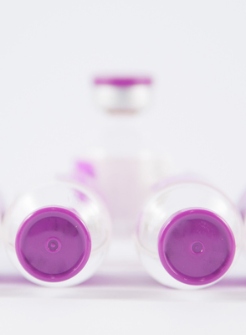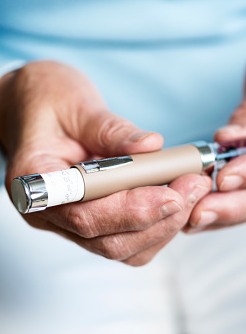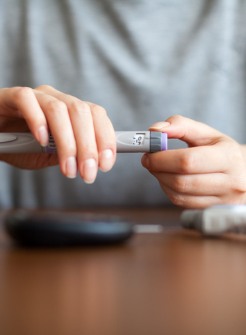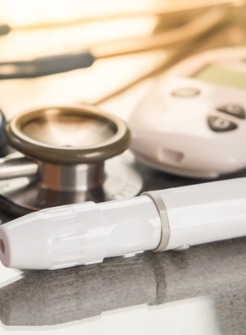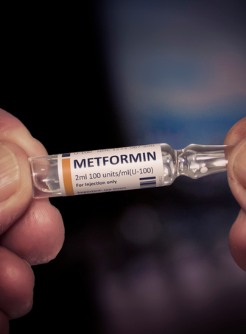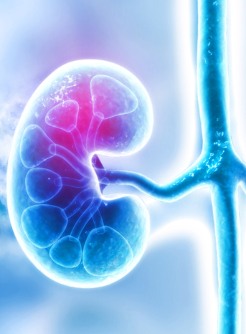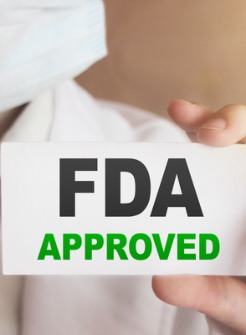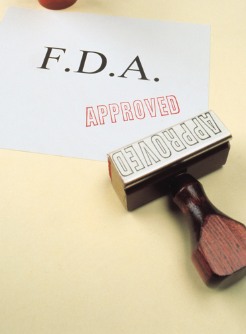Combining Anti-IL-21, Liraglutide Could Preserve B-Cell Function in Type 1 Diabetes
By Adam Hochron
April 30, 2021
For patients diagnosed with type 1 diabetes, the loss of functional β-cell often requires insulin treatment to preserve cell function. A recent phase 2 trial examined whether combining anti-IL-21 antibody with liraglutide could enable β-cell survival without the risk of complications that have been seen with other immunomodulation options.
The trial included 308 patients randomized to receive either the combination treatment, anti-IL-21 alone, liraglutide alone, or placebo. In an article published in The Lancet Diabetes Endocrinol, the authors called the IL-21 antibody a “promising candidate” for immunotherapy as a treatment for type 1 diabetes as the IL-21 pathway has been linked to diabetes progression in human and animal models. In those trials, the treatment has been shown to promote trafficking of CD8 T lymphocytes to pancreatic islets. Non-clinical investigations have also shown “a minor effect of IL-21 blockade on the immune repertoire.” gents like liraglutide are believed to relieve stress on a patient’s β-cells and prevent cell apoptosis.
In reviewing their findings, the authors said compared to placebo, with a ratio to baseline of 0.61 and a 39% decrease, the decrease in MMTT-stimulated c-peptide concentration from the start to week 54 was “significantly smaller” with the combination treatment (0.90, 10% decrease; estimated treatment ratio 1.48, 95% CI, 1.16-1.89; p=0.0017). The findings were different for patients treated with IL-21 alone (1.23, 0.97-1.57; p=0.093) or liraglutide alone (1.12, 0.87-1.42; p=0.38). 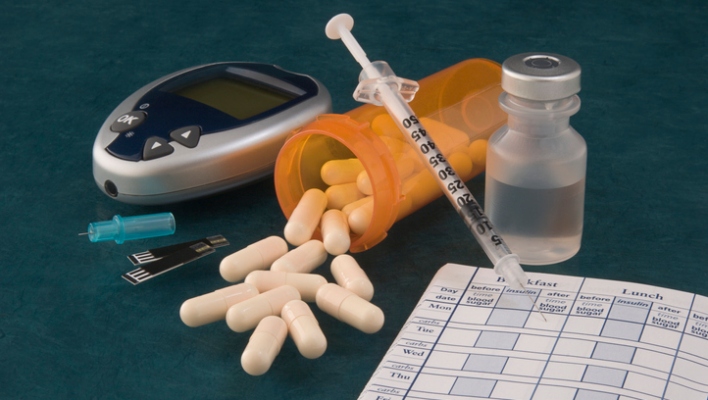
The authors noted that despite more insulin use in the placebo group, the decrease in HbA at week 54 was greater with the active treatments than with placebo, though they acknowledged the difference (-0.50 vs. -0.10) was not statistically significant. The total daily insulin dose also decreased by 12% at week 54 in the combination treatment group..
The rate of hypoglycemic events was similar between the active treatment groups and placebo, though there was a lower rate seen in the liraglutide group than the placebo group. The most common adverse events included gastrointestinal disorders, which were in line with the known safety profile of liraglutide.
Adverse events causing patients to withdraw from the trial were infrequent across all the groups. There were 13 adverse events in 11 patients leading to withdrawal, two of which (hypoglycemic coma and brain edema) were severe.
“The overall purpose of the combination treatment was to achieve safe preservation of β-cell function,” the authors said. “It is well recognized that even a small amount of residual endogenous insulin secretion, as measured by low concentrations of C-peptide, has important clinical benefits such as lower rates of hypoglycemia and diabetes-related complications such as retinopathy. These benefits seem to be independent of, or at least additional to, the effects of improved HbA1c levels.”
Overall, the authors said the treatment was well tolerated and resulted in “sustained endogenous insulin secretion in response to an MMTT and improved glucose metabolism compared with placebo.” While they said the combination could provide a “novel and valuable disease-modifying therapy,” they said the safety and efficacy of the treatment needs to be further investigated in a phase 3 trial.

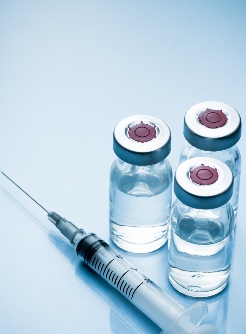

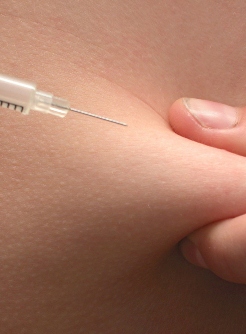

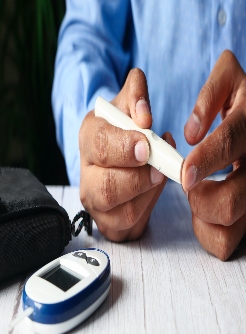





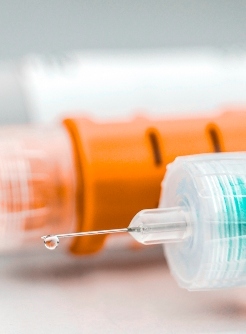
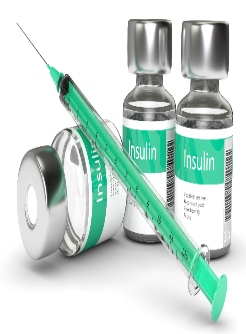

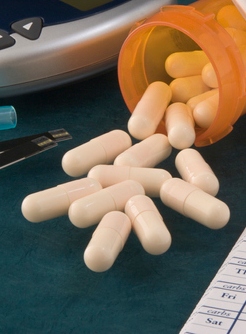
.jpg)


